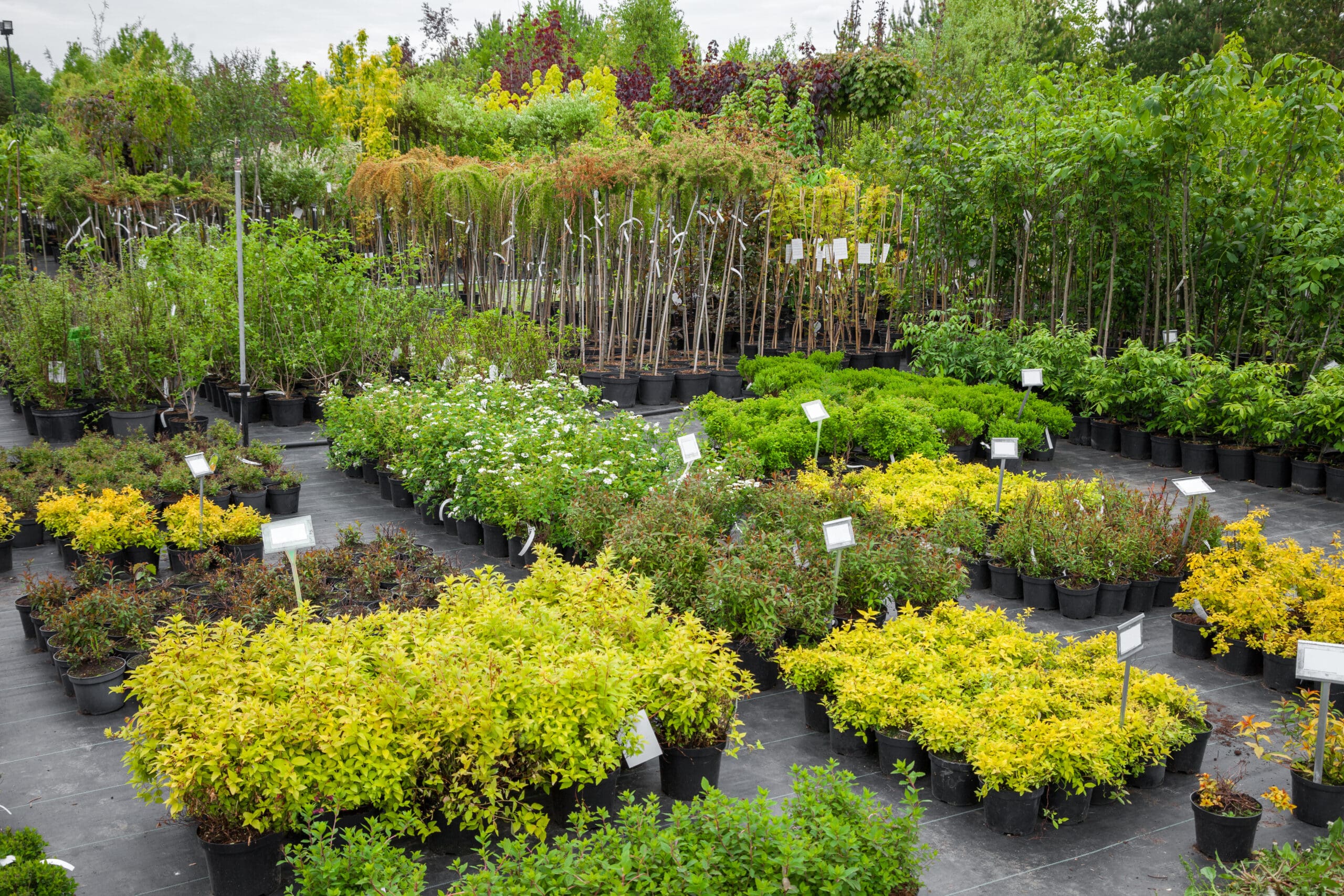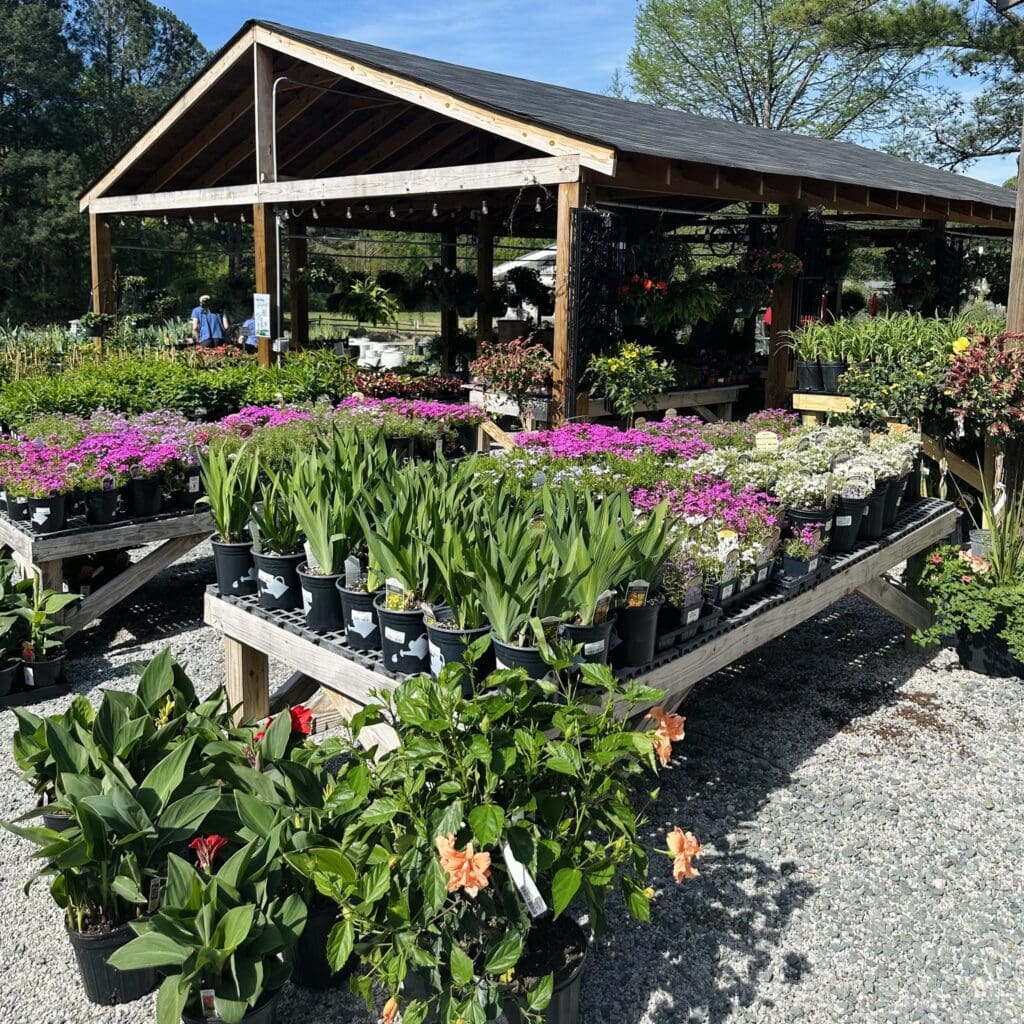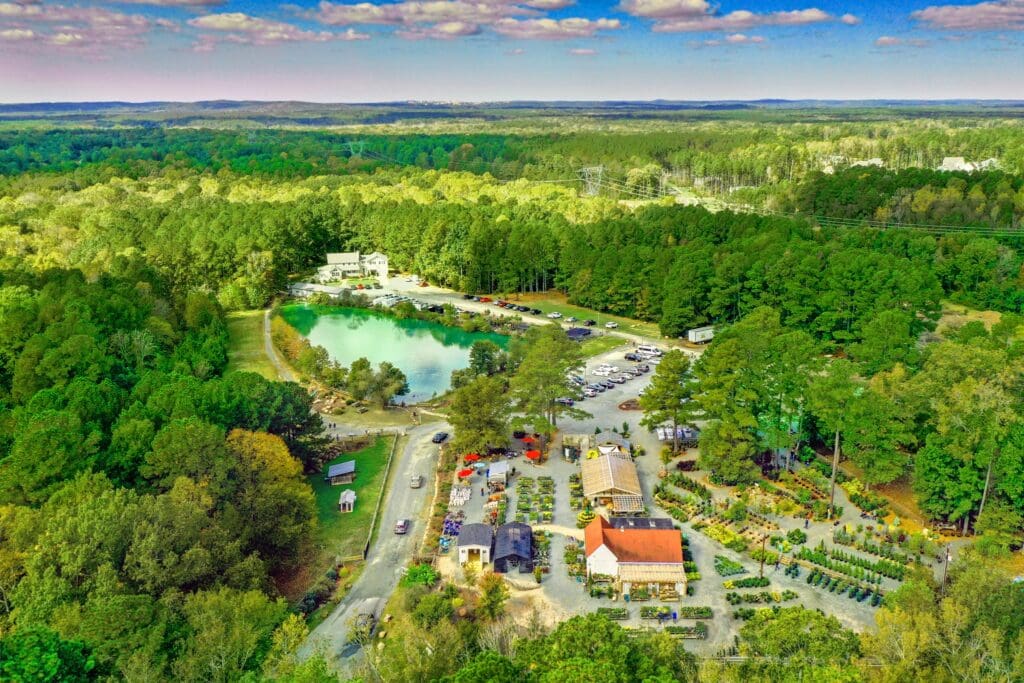
If you have an abundance of land on your property or if you’ve encountered issues sourcing plant material, you might have wondered at one time or another if adding a nursery is a good idea.
This venture is not a cheap one, so take time to think through how this addition would serve your operation and how you want to utilize your nursery.
Why Add a Nursery?
Dan Kjeldbjerg, president of Poul’s Landscaping & Nursery, based in Long Grove, Illinois, says they started their nursery in 1986, twenty years after launching the business. He says they had moved their operations to a farm they had just purchased and it had roughly 35 acres of tillable farmland. His father who started the company had a big interest in farming and transplanting trees.
“There wasn’t a whole lot of financial thought that went into it in terms of budgeting,” Kjeldbjerg says. “It was more we have this land. I like trees. I’m a farmer and let’s just do it.”

He says they wanted to specialize in larger plants due to the building boom in the late 80s and 90s as trees were in short supply.
“The idea was to have a good selection of trees that are 4 inches, a little bit larger where the canopy has more shape to it,” Kjeldbjerg says. “We sold wholesale to other landscapers, municipalities and golf courses and we were at that time selling larger plant material or larger trees. More shade trees, not a whole lot of shrub growing and the shrubs that we were growing are more your bread and butter kind of shrubs.”
Mike Rempe, president of Clearwater Landscape & Nursery, based in Ijamsville, Maryland, says as they expanded their landscape installation services to include new residential builder communities they needed to have all the all the necessary plants and trees ready on short notice with no time to source specific items from local suppliers.
They’ve had their nursery location since 2001 and have been in business since 1989.
Scott Pearce, owner and president of For Garden’s Sake, based in Durham, North Carolina, says in his case, the nursery was already part of the business when he and his wife purchased it in 2016.
“We do not grow plants here – we buy and resell to the public at retail,” Pearce says. “We removed the word ‘nursery’ from everything a few years back and use the term ‘garden center’ as we think that represents what we do here in our case.”
Logistic Considerations
One distinction you have to decide is if you truly want to grow your own plants or use your nursery more for holding plant material.
Rempe says they don’t currently grow anything at their nursery. Their 3-acre nursery serves as a holding yard for their design team.

“The plants we decided to keep in stock are based on our designers’ preferences as well as plants that are widely used in the landscape design profession,” Rempe says. “We also like to keep our ‘bread and butter’ plants that are used in basic builder packages as well as used for quick replacements, or quick client enhancement projects.”
If you do decide you want to grow your own plants, you have to look at what’s popular and what is selling as well as what can grow in your field conditions. Currently, Poul’s 150-acre nursery grows a lot of natives.
“What trees can you produce that will make money?” Kjeldbjerg says. “In my experience, with field growing, you put a tree in the ground. It might take between five and seven years before you harvest it. When you make that initial decision on what you’re going to plant, oftentimes, things change five to seven years so that’s the difficult part about that.”
You also have to decide if you want to sell your plants wholesale, retail or keep them solely for your installation team’s usage.
Kjeldbjerg says around 80% of what they grow is sold wholesale. They do use some of the plant material for their own projects, but because most of their projects are residential, there’s not a high need for shade trees in locations that already have mature trees.

Pearce says that their garden center is all retail and their landscape division does not take plants from the garden center.
“We have a buyer that purchases plants exclusively for landscape jobs – using many of the same suppliers but separate orders and are kept in a different area on property – those plants never enter into garden center inventory,” Pearce says.
Rempe says they tried retail for a year or two but decided they did not have the staff or time to take this on during regular business hours. They do occasionally sell to other contractors.
Pros and Cons
Rempe says with a nursery, it’s convenient having material on hand so they can tag and stage plants for each job. He says it gives them some flexibility for quick design enhancements without having to spend time sourcing what’s available.
Kjeldbjerg says one selling point of having a nursery is the plant has been grown in the similar conditions as where it will be planted, which means a lot to their wholesale and residential customers.
They are also zoned as agricultural which offers them cost savings when they purchase equipment and material they use in the nursery as they don’t have to pay sales tax on them. Their property taxes are also lower.
Pearce says that their garden center acts as a “front door” to the community.

“It gives us credibility and stability,” Pearce says. “Many of our design estimates come as a result of someone coming into the garden center.”
Pearce says their garden center provides 40% of their revenue. He notes that it is a completely different business model than the service business.
“More than half of the revenue for the garden center comes in about 12-15 weeks in spring,” Pearce says. “You have to be able to make that work and still be there all year long for the customer by diversifying and offering things such as houseplants, etc. to make it year-round.”
There is a fair amount of risk involved with starting a nursery with factors out of your control like drought and disease. For instance, Kjeldberg says in the past insects like emerald ash borer caused them to cut down 30% of all their trees, which were ash.
“The maintenance and upkeep of the plants in the holding yard, as well as the potential for loss, is the major drawback,” Rempe says. “All the watering, feeding, pruning, weeding, moving, and spacing plants for health all take time and money.”
Kjeldberg says nursery profit margins also tend to be much lower. It makes up 5 to 10 percent of Poul’s revenue from one year to the next.
“My father always told me this, he’s said, ‘If you’re going to be in the nursery business for money, the only time you’re going to really make money is when you sell the land,” Kjeldbjerg says.
Advice for Others
All three of the companies have dedicated staff to caring for their plant material. Pearce advises running your nursery as a separate business. Do not try to intertwine it with other divisions.
Kjeldbjerg advises starting small and if you’re going to do it, you need to be passionate about it and expand slowly so all your eggs aren’t in one basket.
“Really think through why,” Pearce says. “Also consider the need for land, parking, plants that need care seven days a week all year – don’t lose focus on your core business.”


